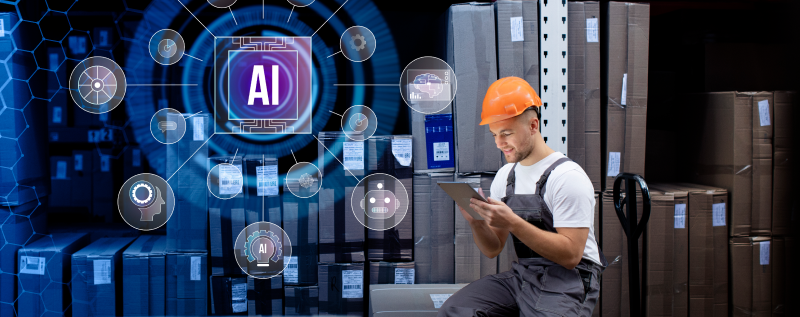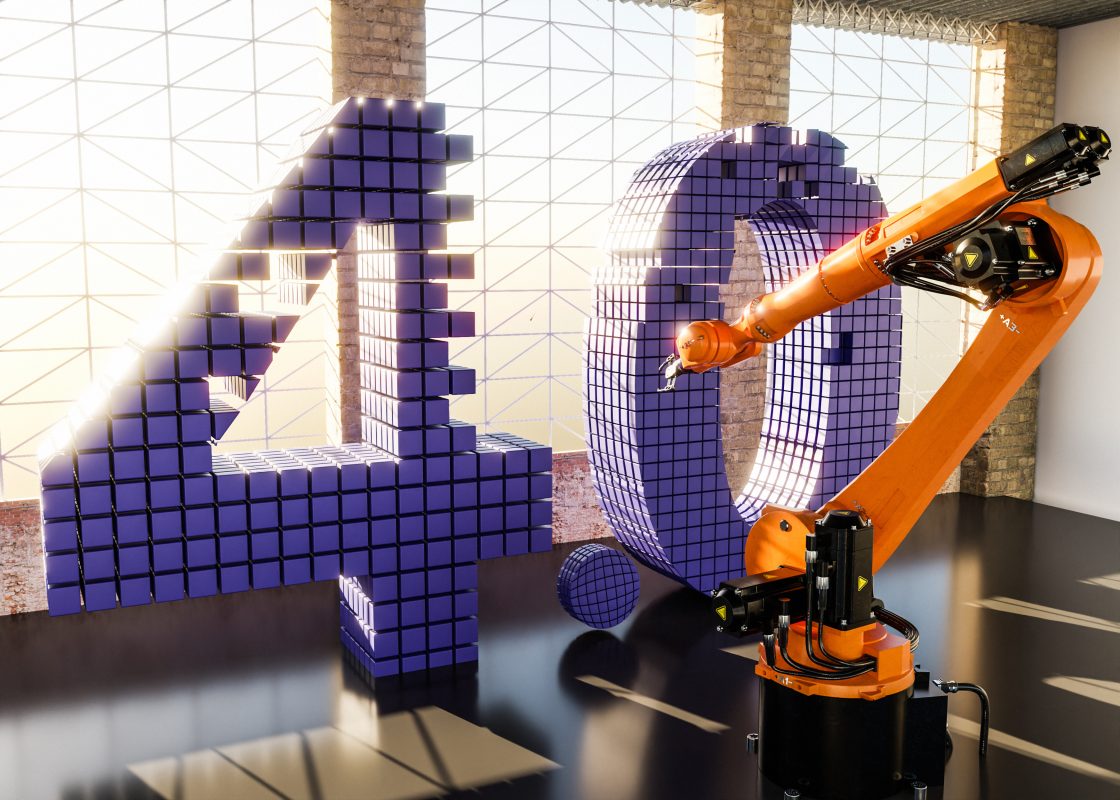Manufacturing is important for the world’s economy, but it’s also a key reason we use many resources and cause pollution. The International Energy Agency tells us that in 2019, industries contributed a staggering 24% of the planet’s CO2 emissions. If we stick to our current path, these numbers could swell by 50% by 2050. This creates a problem for meeting the targets in the Paris Agreement, which is all about preventing the Earth from getting too hot.
To fix this, the way we do manufacturing has to change a lot to become more sustainable.
Here’s where artificial intelligence (AI) is a formidable ally. Imagine AI as a guiding force helping manufacturers refine their processes, shrink waste and energy use, and elevate the quality and creativity of their products. AI isn’t just a helper; it’s a rule follower, making sure companies toe the line with environmental laws and live up to customer expectations. Moreover, AI opens doors to fresh business prospects and competitive edges.
Creating smarter, eco-friendlier products and systems
Imagine AI, powered by machine learning and generative design, diving into data to find the best solutions. It identifies options that tick all the boxes: great performance, cost-effectiveness, durability, and a lighter environmental footprint. For instance, Airbus used AI to craft a more efficient partition for their A320 aircraft. This innovation slashed fuel usage and CO2 emissions by an impressive 4650 tonnes yearly.
Keeping tabs on manufacturing in real-time
Picture AI on the production floor, with sensors, cameras, and various gadgets. It collects data – think temperature, pressure, speed, vibration, and quality – and then uses these insights to tweak machines and processes. AI even becomes a detective, spotting oddities and flaws, predicting when maintenance is due, and figuring out how to use energy smartly. BT and Neurala teamed up to develop algorithms that, in just 1-2 months, helped manufacturers shrink their energy use and carbon footprint by 6-12%.
Revolutionizing waste management and recycling
Think of AI as a recycling superhero. Using computer vision and natural language smarts, AI sorts through heaps of waste – plastics, metals, paper, you name it – and then recommends the best paths for reusing, recycling, or properly getting rid of these materials. Here’s a dazzling example: AMP Robotics employs AI-powered robots that fly through mixed waste streams, sorting about 80 items per minute. Now, that’s efficiency in action!
Guiding manufacturers in reporting their environmental performance
With AI, manufacturers can easily show off their green achievements. Thanks to AI’s mastery over data visualization and reporting tools, it’s a breeze to measure and share sustainability metrics – energy use, carbon footprint, water consumption, waste creation, and emissions. Plus, AI lends a helping hand in playing by the rules of environmental standards and regulations, whether it’s the US
Inflation Reduction Act of 2022 or the European Green Deal.
In conclusion: How AI can improve sustainability in manufacturing

Remember, AI isn’t a magical wand that can solve all the sustainability puzzles in manufacturing. It needs careful nurturing, ethical thinking, human guidance, and constant refinement. But, when treated wisely and used responsibly, AI can lead manufacturing towards a future that’s both greener and more lucrative.












